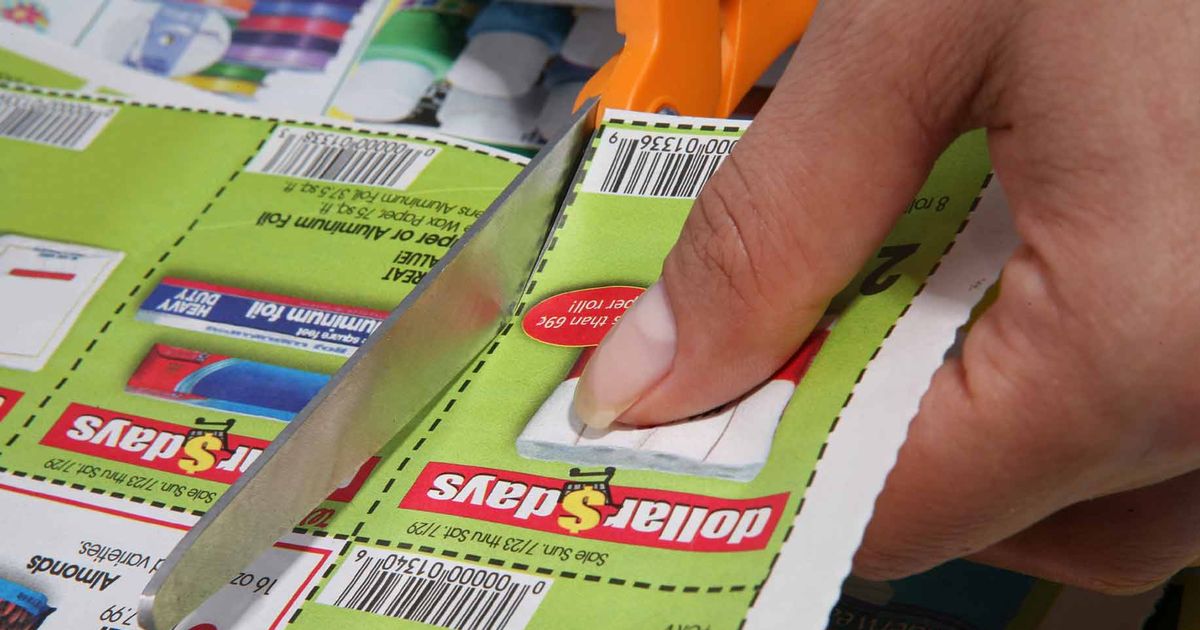Save Money Shopping On A Budget
Shopping on a budget is not difficult with a little bit of knowledge on the consumer side. Incorporating any of the following methods is a great way to save money on essentials like clothing, food, and appliances. Some people might say shopping at consignment shops or thrift stores is inherently cheap, but in reality, the payoff can be huge, and it adds up fast. Many thrift shops offer the same barely used brand names for fractions of the original price, and no one knows the difference when the purchaser puts in on. But there are certain tricks to know to come out of each budget shopping situation on top.
Sales & Coupons

Sales are one of the best ways to save money because consumers just have to look out for them once they are in the store. Many major grocers offer sales on new products or on specific brands they want people to pick up and try. However, it is necessary to come in with a little bit of background knowledge, as many companies know individuals can’t resist a sale and will advertise one without marking down their products, so it is important to double-check regular prices for similar products.
Coupons are a little trickier than sales because they usually require a physical copy. The easiest way to find coupons is first to go on the internet. Search for a retailer followed by the search term “printable coupons.” If that doesn’t work, there are many other ways to come across coupons. Many stores offer printouts with free coupons at the front of their store and just require a simple clip and scan at the register. Also, loyal customers can sign up for free store cards for stores they frequent and receive many notifications for sales & coupons either in the mail or right on their card.
Thrift Stores

There are many different thrift stores out there, and a lot of them offer really well-priced merchandise because they get it all from donations. When shopping for clothing, be sure to check the three 'S's: seams, stains, and sweat. These are common pain points for customers shopping for used clothing. Seams can be ripped, creating unsightly holes, stains can be present, and sweat can cause the dreaded underarm yellowing. Luckily a quick look over can prevent a customer from walking away with a damaged purchase.
At a thrift shop, it is completely okay to open the box and make sure the contents are all there. Another great option to consider is negotiating with the shop owner for a discount when buying multiple items, as some shops will offer a percentage off.
